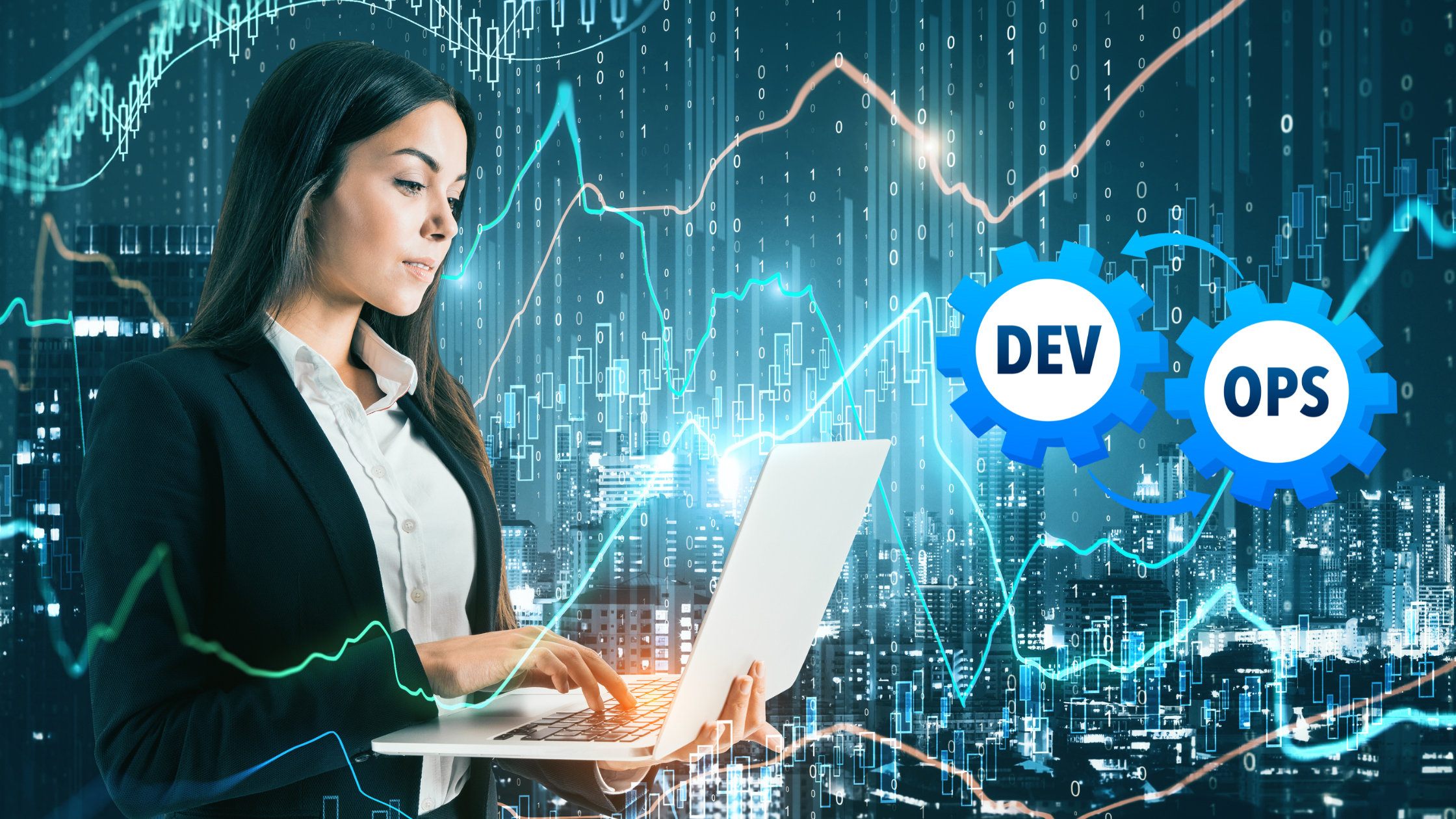As the technological landscape advances, DevOps continues to lead the charge in driving innovation. In 2025, the growth trajectory of DevOps is expected to accelerate further, fueled by advancements in artificial intelligence (AI), machine learning (ML), and cloud-native technologies. This blog will explore key predictions for DevOps in 2025 and how DevOps Consulting Services in Mohali can help organizations stay ahead of the curve.
1. Increased Adoption of AI and ML in DevOps
AI and ML have been gradually integrating into DevOps workflows, and 2025 will see this trend mature significantly. AI-driven analytics, predictive monitoring, and automated remediation will enable teams to:
- Detect anomalies before they impact production.
- Optimize resource utilization across dynamic environments.
- Automate routine tasks to improve developer productivity.
- Deployment reliability and consistency.
- Rollback capabilities through Git’s version control.
- Collaboration between developers and operations teams.
- Increasing reliance on multi-cloud and hybrid-cloud setups.
- Growth in serverless architecture for event-driven workloads.
- Enhanced observability solutions tailored for cloud-native environments.
- Broader adoption of automated security scanning tools.
- Increased investment in security-as-code practices.
- Emphasis on compliance with industry regulations like GDPR and PCI DSS.
- Edge Computing and IoT Integration
- Enhanced monitoring tools for real-time edge analytics.
- Optimized CI/CD pipelines for distributed environments.
- Streamlined processes for IoT firmware updates.
- Widespread adoption of OpenTelemetry for standardizing observability.
- Enhanced AI-powered dashboards for proactive issue resolution.
- Integration of observability into CI/CD pipelines.
- Increased adoption of drag-and-drop tools for CI/CD workflows.
- Democratization of automation capabilities.
- New challenges in managing and securing low-code environments.
- Real-time analytics for deployment success rates.
- Advanced ML models predicting system behaviors.
- Integration of business metrics into DevOps dashboards.
- Increased use of internal developer platforms (IDPs).
- Centralized tooling and services for consistent DevOps practices.
- Enhanced focus on developer experience (DevEx).
- Optimizing CI/CD pipelines to reduce energy consumption.
- Leveraging cloud providers’ green data centers.
- Implementing energy-efficient coding practices.

